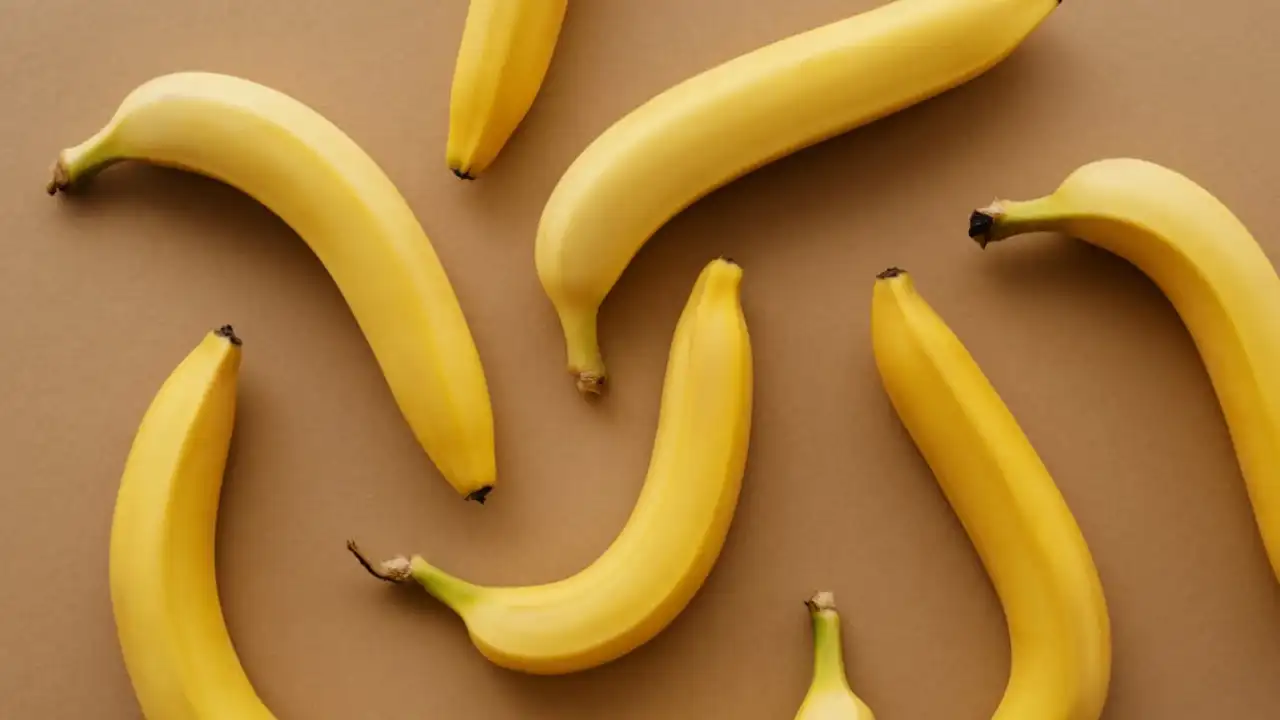In late August, Sundar Pichai posted three banana emojis on X, leaving many users curious. Soon after, it was revealed as a teaser for Google Nano Banana, officially known as Gemini 2.5 Flash Image. This new AI model, integrated into the Gemini app, has quickly become one of the most talked-about creative tools. Despite its fun nickname, the update brings serious improvements to image editing.
What Makes Google Nano Banana Special?
Google Nano Banana is designed to make image editing smarter and more seamless. It can switch backgrounds, merge multiple photos, transform artistic styles, and even create surreal designs with impressive accuracy. Unlike earlier models, this version is better at maintaining the structure of objects, poses, and textures throughout edits. However, when it comes to human faces, the model is less reliable.
For example, while Google’s “Reimagine” feature aims to keep faces consistent during edits, Nano Banana often changes facial details like expressions or shapes. This makes it excellent for creative experiments but less suitable for users who want exact portrait accuracy.
How Google Nano Banana Works
The model runs on Gemini’s advanced multimodal system, which helps it understand instructions more naturally. You can tell it to place your pet in a costume, mix different landscapes together, or turn a sketch into a polished artwork. The tool performs these tasks with stable quality across lighting, textures, and objects.
Nano Banana supports three key workflows: generating new images from text prompts, editing uploaded photos with text instructions, and blending multiple pictures into one. This flexibility gives creators endless possibilities to experiment with visuals.
Developer Access and Pricing
Google Nano Banana is not limited to everyday users. Developers can access it through Gemini API, Google AI Studio, and Vertex AI. Pricing is set at around $30 per one million output tokens, which is roughly $0.039 per image.
To encourage innovation, Google has also provided ready-to-use demo apps in AI Studio. These include tools for multi-image blending and maintaining stylistic consistency across several images, making it easier for developers to build creative projects without complex coding.
Limitations and Safeguards
Just like other generative AI models from Google, Nano Banana comes with safety measures. Every image has both a visible watermark and an invisible SynthID digital watermark to indicate that it is AI-generated. While the visible watermark can be removed, the invisible one is much harder to erase, though detection tools are still being developed.
That said, there are some noticeable limitations. Users have pointed out that Nano Banana does not yet support simple features like aspect ratio cropping or built-in upscaling. Additionally, while it excels in artistic edits, its handling of human likeness remains a weakness.
The Creative Edge of Nano Banana
Despite its flaws, Google Nano Banana is a powerful creative tool. It is perfect for experimenting with artistic edits, imaginative backgrounds, or unique concept blending. If your goal is to preserve your face across edits, Google’s Reimagine is a better option. But if you want to transform yourself into a comic-style hero or merge different worlds into one picture, Nano Banana is the ideal choice.
Final Thoughts
Google Nano Banana is an exciting step forward in AI-powered creativity. It expands what’s possible in editing by offering strong features for objects, textures, and styles. However, it still struggles with portrait consistency, reminding users that it is more of a creative assistant than a precise portrait editor.
For both creators and developers, Nano Banana opens new doors in digital artistry, even if it’s not yet the perfect all-in-one solution. As Google continues to refine it, this tool could become an essential part of the future of AI-driven design.
